The Nipah Virus Outbreak : All You Need to Know, Latest Updates
A deadly virus harboured by fruit bats with the potential of becoming the next deadly major outbreak, the Nipah Virus (NiV), has now sparked a state-wide health alert in the southern state of Kerala, India.
The virus provides one of the most striking examples of an emerging disease and illustrates 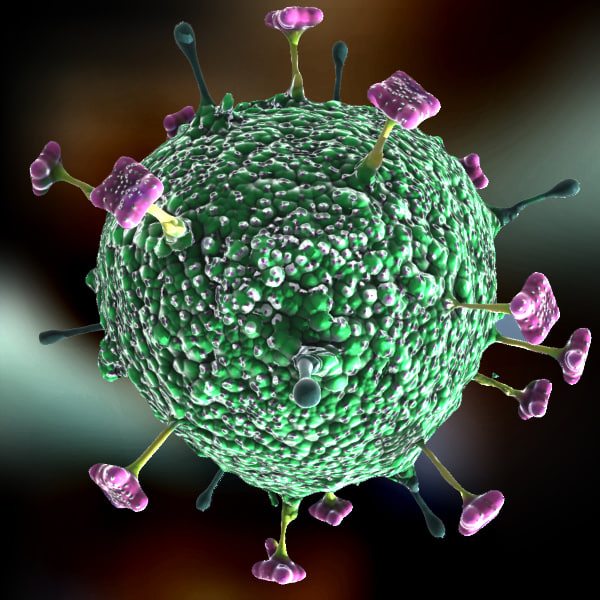
Despite the emergence of the related virus- Hendra (HeV), a number of years before the Nipah virus, there was nothing sort of a heads-up heralding the sudden appearance of this virus, which in itself is shocking given the regularity of outbreaks since its emergence.
Etiology
Nipah virus is an enveloped negative-strand RNA virus of the family Paramyxovirus and genus Henipavirus. Although there are certain specific strain differences between isolated of different geographical locations.
First appeared in Malaysia and Singapore in 1998–1999 infecting both humans and pigs- the episode saw over 250 people affected with more than 100 deaths. It has since caused outbreaks in Bangladesh from
2001 to 2004, and neighbouring West Bengal, India in 2001.Epizootiology/Transmission
Initially identified in Malaysia in 1998-9, the virus has since cropped up in Bangladesh and India- majorly attributed to the local community consuming date palm sap contaminated by infected fruit bats at the time.
Pigs are found to be an amplifying host; however, bats are the reservoir host and secrete virus in urine through the means of which the pigs become infected as they ingest items containing infectious viral particles.
Close contact is required for transmission.
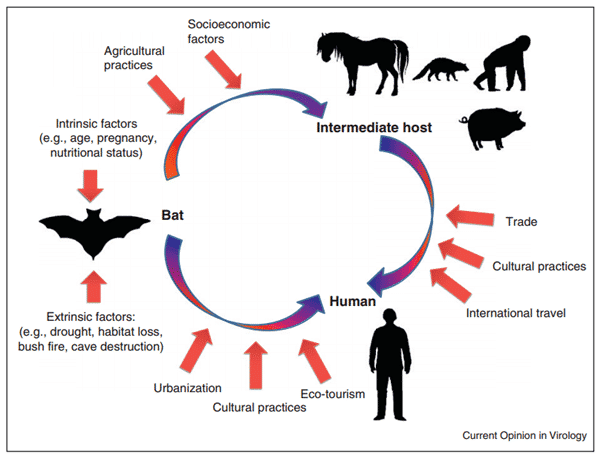
Clinical Illness AKA Signs and Symptoms
The illness begins with fever and headache after an incubation period ranging from 7 to 40 days; during the period, cough and dyspnea have also been found to be common.
In 60% of patients the disease has been known to progress rapidly, with drowsiness, disorientation, and confusion followed by relapsing into a coma in the next 5–7 days. Death rate among infected people is 74.5 per cent.
Survivors of NiV may have persistent fatigue and neurologic impairment, such as convulsions and personality changes.
Treatment
Ribavirin has been demonstrated in in vitro conditions, to actively fight both HeV and NiV. However, clinical trials have been inconclusive.
Therefore, treatment is supportive and not specific. So health care professionals can only try and manage the fever and neurological symptoms.
Prevention
Human disease is associated with infection in intermediate species such as pigs with NiV. Therefore, most crucial way of limiting human disease is early recognition of illness in these hosts.
Current Scenario
Now, after over a decade-long break, the virus is back with a vengeance. As many as 16 people, including a nurse, have reportedly succumbed to the disease in Kozhikode and Malappuram districts of Kerala within two weeks- thereby triggering panic over the spread of the deadly virus.
As the death toll rises in Kerala, panic has sprung across the southern state. The National Institute of Virology in Pune has confirmed through its efficient testing of samples that one of the several people undergoing treatment in the district has also been infected by the deadly virus.
For now, the Kerala government is doing all it can to best handle the situation and urging people not to panick. Fever clinics and special wards are reportedly being set up in all hospitals across the state. And all people who’d been in contact with the infected are being closely monitored.
A high level team in the National Centre for Disease Control (NCDC) has arrived at the region the cases were reported in order to take inventory of this circumstance. The country was placed on high alert and two control rooms also have been opened. The Union said there was no need to dread since the virus spreads just through direct contact with the infected individual.




























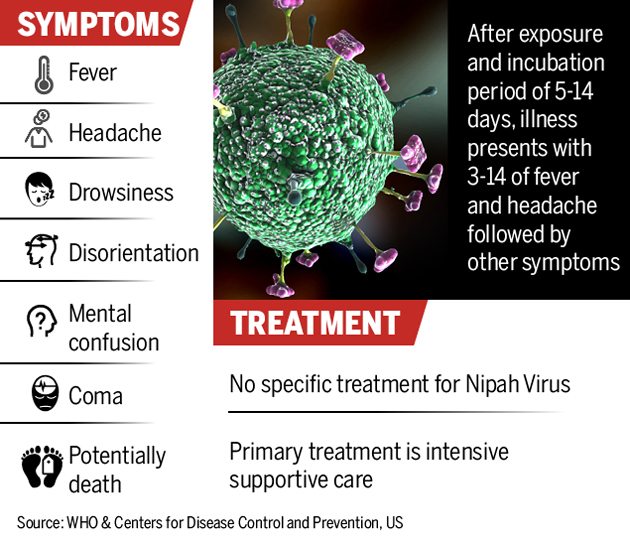
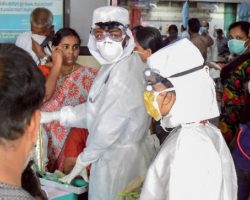
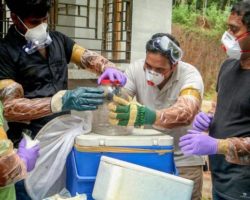
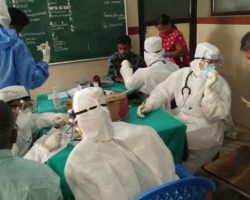




Nela useful news. With you will study do you are work .